TL18MRSLF
Latest
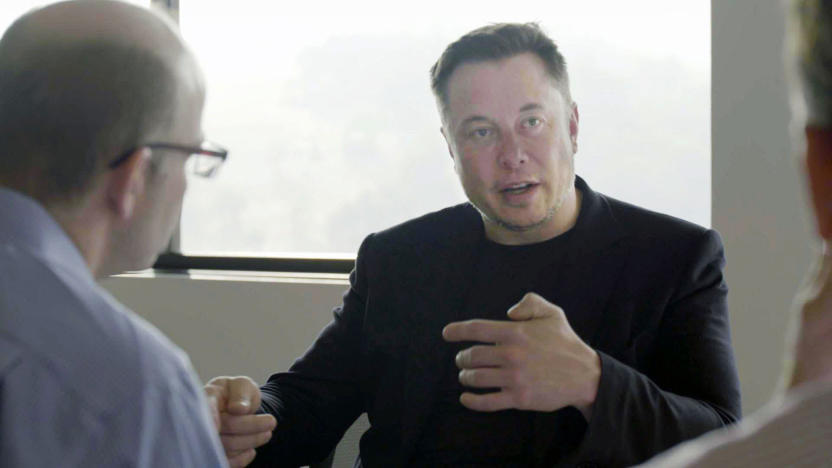
Elon Musk says there's a '70 percent' chance he'll move to Mars
Elon Musk has talked about personally heading to Mars before, but how likely is he to make the trip, really? Well, he just put a number on it. In an interview for the Axios on HBO documentary series, Musk said there was a "70 percent" chance he'll go to Mars. There have been a "recent number of breakthroughs" that have made it possible, he said. And as he hinted before, it'd likely be a one-way trip -- he expects to "move there."
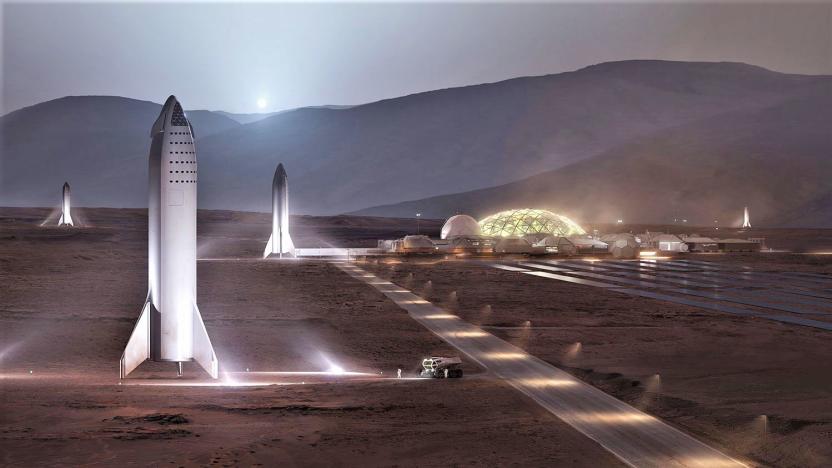
SpaceX gives us a glimpse of its Mars base vision
SpaceX chief Elon Musk has tweeted two photos that give us a peek into the company's Martian dreams. One of the images shows the BFR, the massive rocket SpaceX is developing for deep space missions, while the other shows the BFR and what he called "Mars Base Alpha." It's no secret that the private space corporation wants to build a human settlement on the red planet. Back in 2017, it announced its plans to launch two BFR cargo missions to Mars by 2022 to prepare for the arrival of the first Martian settlers by 2024. Before any of that can happen, though, SpaceX has to be able to start testing its BFR system in the first half of 2019.
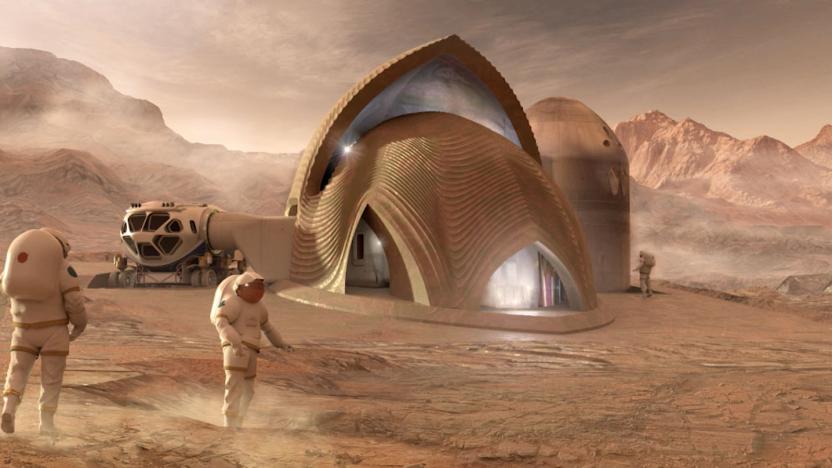
NASA contest finalists show off their Mars habitat models
Yes, we've yet to successfully send humans to Mars, but we already need to start thinking how we can stay there for long stretches of time -- or even for good. NASA launched the 3D-Printed Habitat Challenge back in 2015 to find a suitable artificial housing for the first wave of Martian residents, and now the agency has narrowed the contestants down to five after seeing the realistic virtual models they created. The agency and its project partner, Illinois' Bradley University, judged 18 teams' models created using a specialized software.
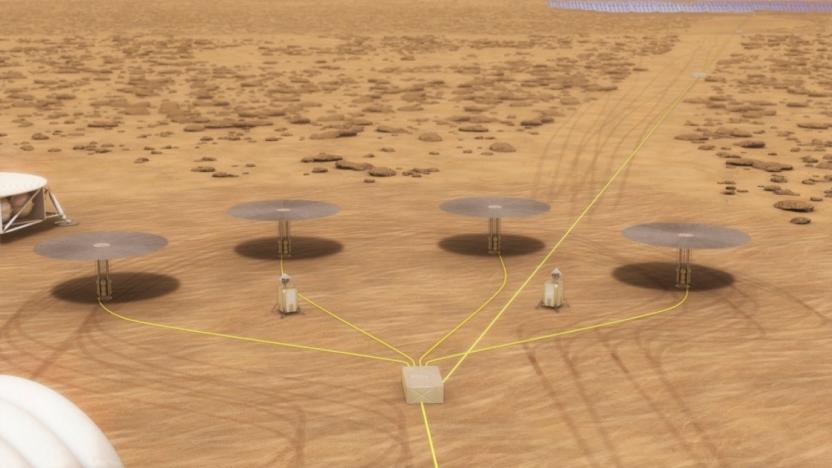
NASA completes full-power tests of small, portable nuclear reactor
Being able to generate power will be essential for long-term space travel. Powering a stay on Mars, for example, will require a lot of fuel, way more than we can pack onto a rocket. That's why NASA, Los Alamos National Laboratory, the Department of Energy and a number of other groups have been working on a small, transportable nuclear reactor that can reliably generate power on the go. The reactor they're developing is called Kilopower and earlier this year, they announced that they had conducted successful tests of the system. In March, the team ran the first full-power tests and during a press conference today, they reported that those tests went extremely well.
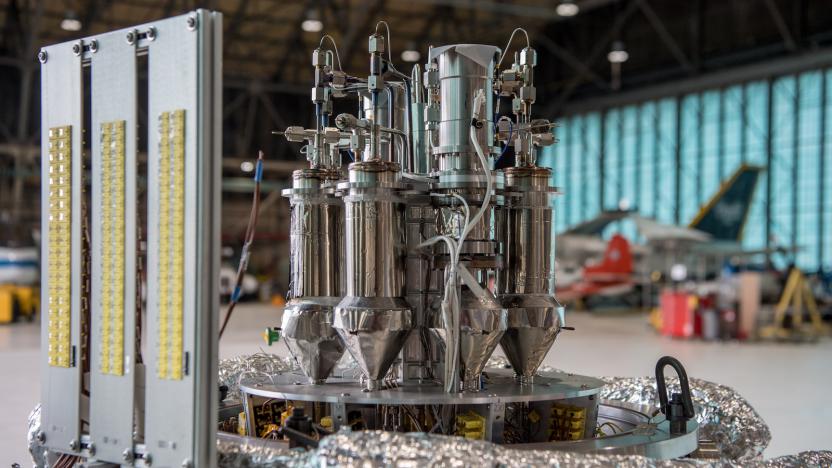
NASA tests small nuclear reactor that could power a habitat on Mars
Everyone from Elon Musk to Donald Trump wants to send a crewed mission to Mars in the not too distant future, but there are quite a few problems that need to be solved before we can achieve that goal. A major one is the issue of energy. Long-term stays on Mars, or anywhere else for that matter, will require lots of energy, as will the trip back to Earth. However, loading a rocket up with all of the necessary fuel won't work -- we would need too much. So a way to create fuel on the go is a must and researchers at NASA, Los Alamos National Laboratory and the Department of Energy announced today that they've conducted successful tests of a system that can do just that.

Getting to and living on Mars will be hell on your body
While NASA and SpaceX figure out how to get to Mars, they're also thinking about how the 200-day journey and life on the red planet will affect humans. Astronauts will be dealing with nasty things like muscle atrophy and bone loss, intra-cranial pressure, psychological issues, lack of resources and long-term radiation exposure. NASA and its partners are working on things like "torpor," a type of space hibernation, and protective Mars cave dwellings with a view. To learn more, Engadget spoke with NASA scientist Laura Kerber and Spaceworks COO John Bradford at the Hello Tomorrow symposium in Paris.



